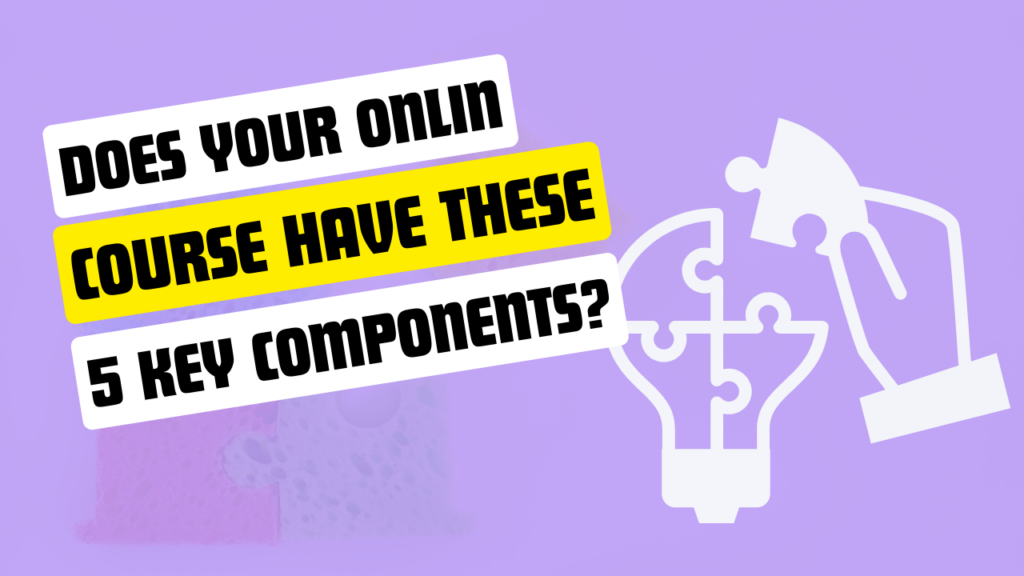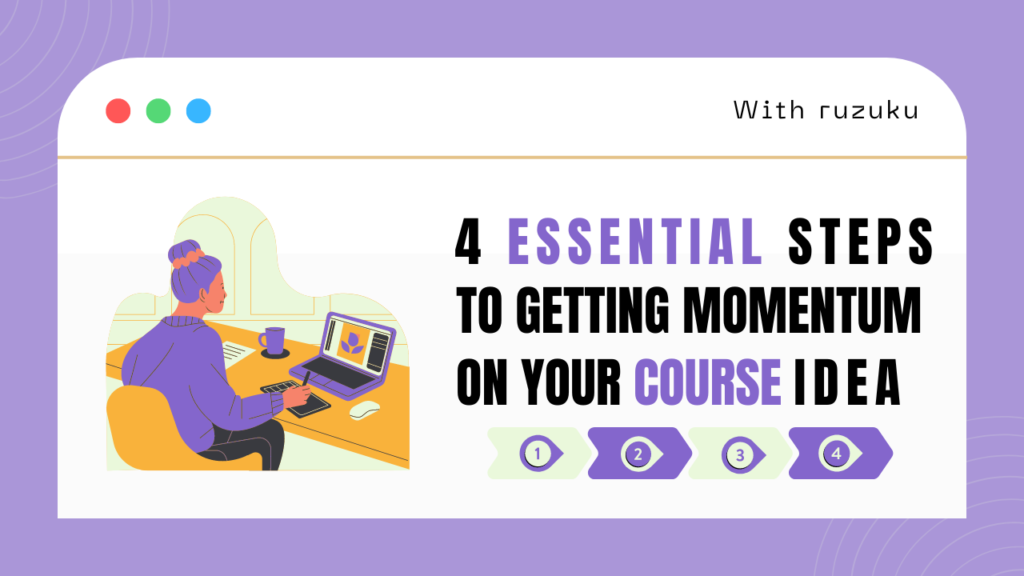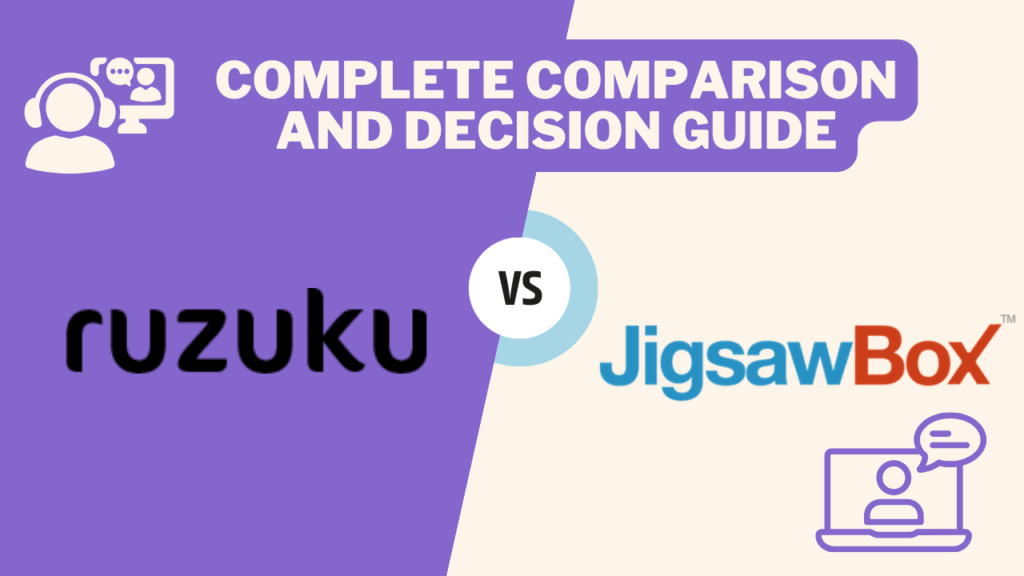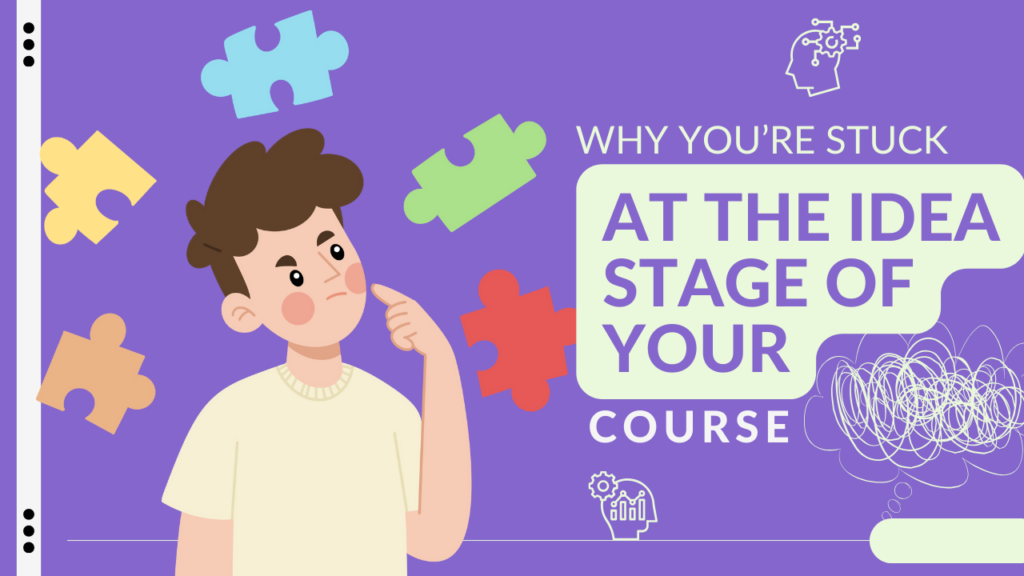 Are you determined to create an online program that truly resonates with people, and helps them get results?
Are you determined to create an online program that truly resonates with people, and helps them get results?
Then you’re in the right place!
To help your participants get results, you must get your audience to become engaged and focus on the few things that will allow them to get results from your course.
From our partner in learning design, Jeanine O’Neill Blackwell, we’ve learned two surprising and challenging ideas about how people learn.
So here they are… the two essential truths that you must understand and apply as you design your online course:
Essential Truth #1. Learning is grounded in answering questions. People learn in different ways, by pursuing different types of questions. Our mission as teachers is to engage all the different ways of learning, by addressing the core questions learners have.
Essential Truth #2. You have your own preference for learning that influences how you like to create training for others.
The secret to applying these principles is designing your course around 5 key components:
Key Component #1: Engage with “Why?”
Many learners are driven by the big-picture question: “Why?”.
Why does this matter? Why is this idea important? Why should I care about this?
To engage these learners, we must speak to the heart, not just the brain.
You should craft content that taps into emotions and empathy.
Think about sharing stories and personal reflections, such as a transformative experience in your own life.
And you can prompt participants to reflect on, and share, their own “why” for this particular course.
Key Component #2: Share with “What?”
Other learners — often people who are detail-oriented with a strong intellectual drive — are fascinated by the question “What?”.
What’s going on here? What are the details? What do the experts know? What do I need to know?
To address these burning questions, it’s your opportunity to provide rock-solid information.
Really dig into the details, and lay out all the complexities of your topic.
Provide deep summaries of research, and construct a detailed presentation with rich data and insight.
To avoid overwhelming everyone with all this information, present it in an organized way.
Consider visual overviews, such as charts, infographics and mind-maps.
Provide easy-to-follow systems: “Here is my 7-step process for improving your business’ cash flow.”
Key Component #3: Practice with “How?”
Another group of your learners will be obsessed with the question “How?”.
How do I do this? How can you help me do it? How do I handle real-world issues?
This component can be a lot of fun to design because it’s all about being “hands on” with your learners.
Think about walking through specific examples or case studies, providing video demonstrations, or creating a “role playing” exercise that participants can complete with a partner in the course.
And give people “takeaway” resources that they can refer to again and again as they work through “How do I do this?” — perhaps a “cheat sheet” PDF that they can print and easily refer back to when working on a particular process or technique in your course.
Key Component #4: Perform with “If?”
For learners most concerned with the “end game” of your course, they may think in terms of the question “If…?”:
If I complete this course, what transformation (result) will happen to me?
These participants are results-driven and seek to structure their learning around results.
You can help them start thinking about results from the moment they join the course, by laying out where they are going and how they can assess their results.
For example, you can provide a self-assessment to complete at the beginning and end of your program.
Then, think about pitfalls or common problems your learners may face and summarize them in a “rookie mistakes” activity or presentation.
Key Component #5: Apply with Tools
Finally, all types of learners can benefit from well-designed tools that help them take action and get maximum value out of the learning experience.
Consider designing a checklist that can help people through a new process. For example, here’s our 17-point course launch checklist.
Or, provide templates they can use to apply your techniques — quickly and successfully.
Another example: Jeanine O’Neill Blackwell offers a detailed, step-by-step course planning template as part of her program Create 6 Figure Courses.
Next steps
To help your participants get results, you must get your audience to become engaged and focus on the few things that will allow them to get results from your course.
Use these 5 key components of course design to develop an engaging online course.
Ready to go deeper?
Check out 5 Steps to Your Online Course ».




